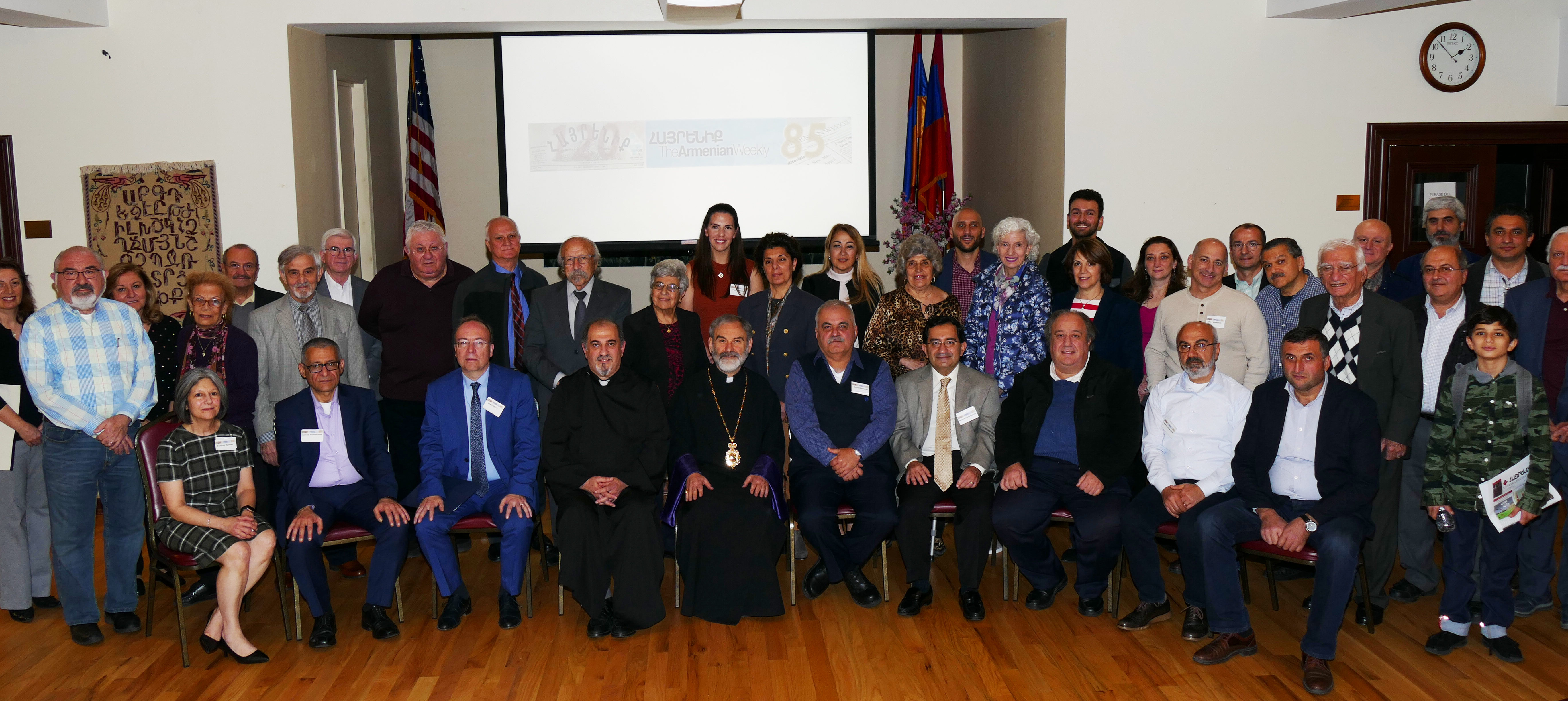
NEW YORK, NY—In honor of the 120th and 85th anniversaries of the Hairenik and Armenian Weekly, a group of journalists, community leaders and subscribers of the historic publications discussed and examined the role of the press in the Armenian Diaspora this past weekend.
“Without these newspapers, we would not have had a place to see ourselves in our full experience as Armenians and as Armenian Americans,” said Armenian Revolutionary Federation (ARF) member and former Weekly editor Georgi-Ann Oshagan during her formal remarks at the Conference on the Armenian Press on Saturday.
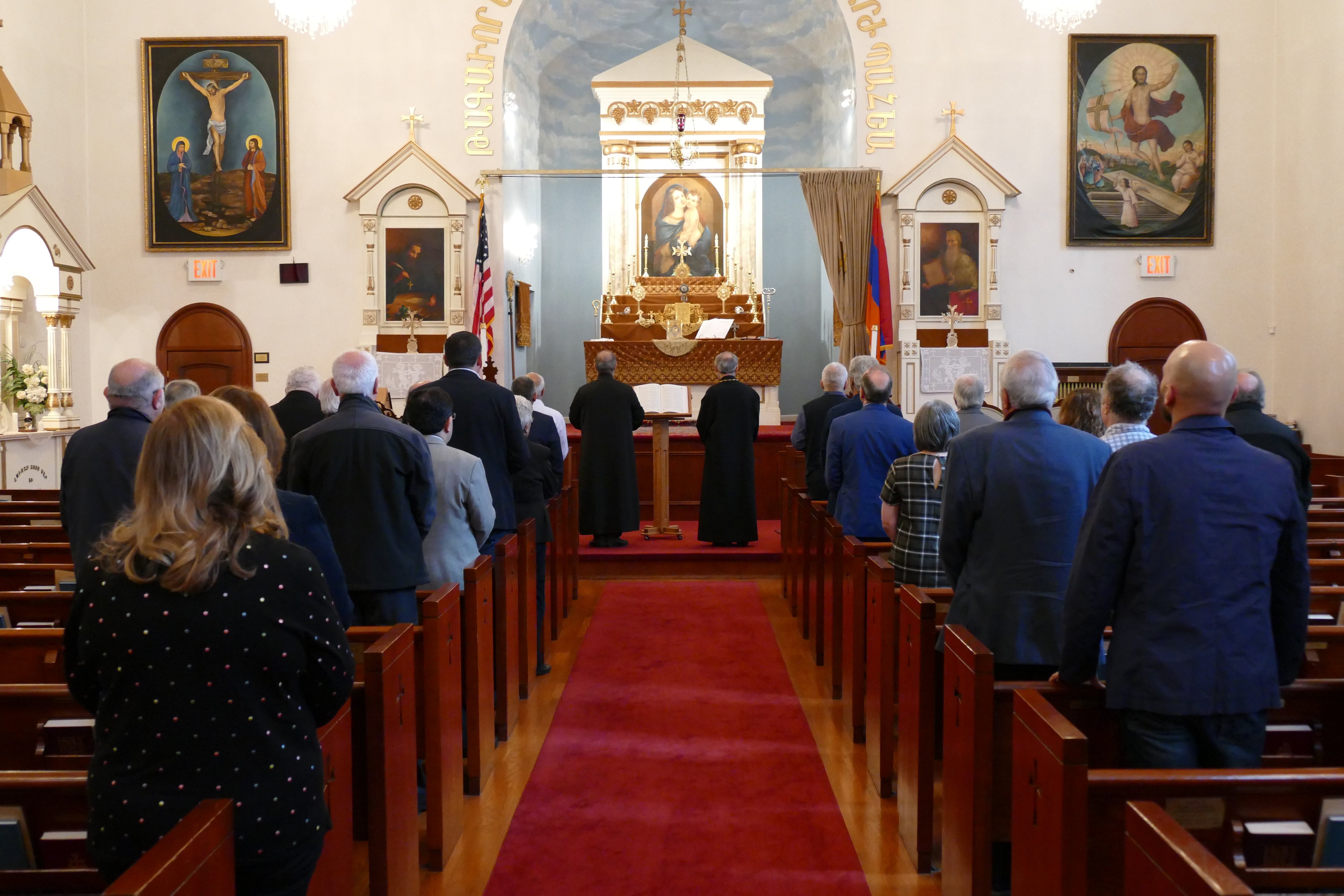
Guests were first invited into the church sanctuary for a short prayer service led by His Eminence Archbishop Anoushavan Tanielian, Prelate and Reverend Father Mesrob Lakissian. His Holiness Aram I, Catholicos of the Great House of Cilicia, has declared the year 2019 as the Year of the Armenian Press.
“What a beautiful coincidence,” began ARF Eastern Region Central Committee member Khajag Mgrdichian in Armenian, “that the milestone anniversaries of the Hairenik and the Armenian Weekly are occurring during the ‘Year of the Armenian Press.’”
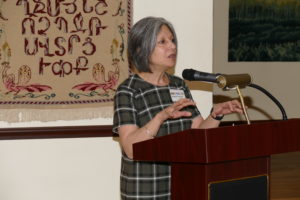
Founded in 1899 as the organ of the ARF, the Hairenik is considered the oldest, continuously published Armenian-language newspaper in the world. Decades later, in an effort to answer the growing needs of immigrants, an English column appeared in the Hairenik, peaking the interest of English-speaking Armenians desperate to reconnect with their Armenian heritage while struggling to find their place in rather foreign surroundings. In the spring of 1934, their thirst for information about the homeland was quenched in the form of the Hairenik Weekly. In 1969, the name was changed to the Armenian Weekly. “This was a momentous decision to have that English language newspaper—a dedicated newspaper, not a pullout, not an insert, but an English language newspaper,” said Oshagan. “It was the vision of the ARF at that time to choose hope in the youth and in future generations…rather than be motivated by fear.”
“Even back in the 1930s, the necessity of English-language Armenian news publications existed, and that necessity has only grown over the years,” said former Weekly editor Rupen Janbazian, who is now leading the Hamazkayin Armenian Educational and Cultural Society’s innovative online Armenian cultural platform, h-pem. “The creation of a platform to engage young Armenians, and non-Armenians for that matter, with Armenian culture in the English language is a long time coming.”
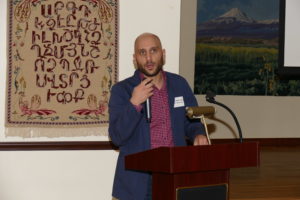
Janbazian moderated an English panel featuring Oshagan and Armenian Mirror Spectator assistant editor Aram Arkun. The journalists discussed the impact of the Hairenik and Armenian Weekly on the Armenian experience and how community newspapers are handling today’s societal and technological changes. “We are weeklies with websites,” said Arkun, who believes that unfortunately the print version of the Mirror Spectator, which is the newspaper of the Armenian Democratic Liberal Party (ADL), may not last very much longer as it competes with free online news sources. George Aghjayan, ARF-ER Central Committee Chair respectfully disagreed, saying “There will always be that cohort who wants to hold that paper in their hands.” Aghjayan noted that these community newspapers are backed by political parties that are willing to invest in their existence.
Other issues were introduced during an interesting back and forth with engaged audience members, including ARF Eastern Region Central Committee member Ani Tchaghlasian who was accompanied by her son Sarhad. Tchaghlasian inquired about the youth’s growing disinterest in the print. “We need to ask the youth themselves,” replied Oshagan, who commented on the absence of a dedicated Armenian Youth Federation (AYF) page in the Weekly—a pressing issue that the Weekly Editorial staff has commissioned with members of the AYF Central Executive.
Horizon Weekly editor Vahakn Karakachian addressed this challenge with a case study out of Canada, explaining that schools in Montreal and Toronto assign newspaper reading material to their students every month so that the students can get a better understanding of the craft and the world around them.
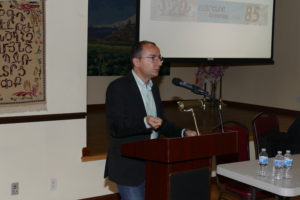
Karakachian then moderated an Armenian panel, which included University of Michigan-Dearborn professor Dr. Ara Sanjian, thought leader and writer Vrej Armen Artinian and Columbia University professor and former Weekly editor Dr. Khatchig Mouradian, who criticized the Armenian media’s tendency to avoid discussions on issues of global concern and limiting its focus to an Armenian-centric discourse. As an example, he brought up one reader’s scathing, narrow-minded comment that was posted online in regards to a recent article about modern immigration. “I do not subscribe to the Armenian Weekly to read about immigration issues,” wrote the reader. “When we limit the issues we address,” began Dr. Mouradian in Armenian, “we also limit our readership.”
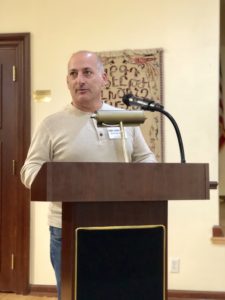
The event was book-ended with lectures by historian Dr. Vartan Matiossian and Aghjayan, who concluded with a slideshow presentation on the future of the Hairenik publications, the newspaper digitization project (spearheaded by Berj Panosyan, who was present at the conference) and the exciting infrastructural developments on the fourth floor of the Hairenik building. “The building itself is a hub,” said Aghjayan of the Watertown, Massachusetts headquarters. “It represents the vibrancy of our party in this region.”
Readers interested in learning more about this event can watch the conference in its entirety on the Armenian Weekly Facebook page, where it was streamed live in three parts.


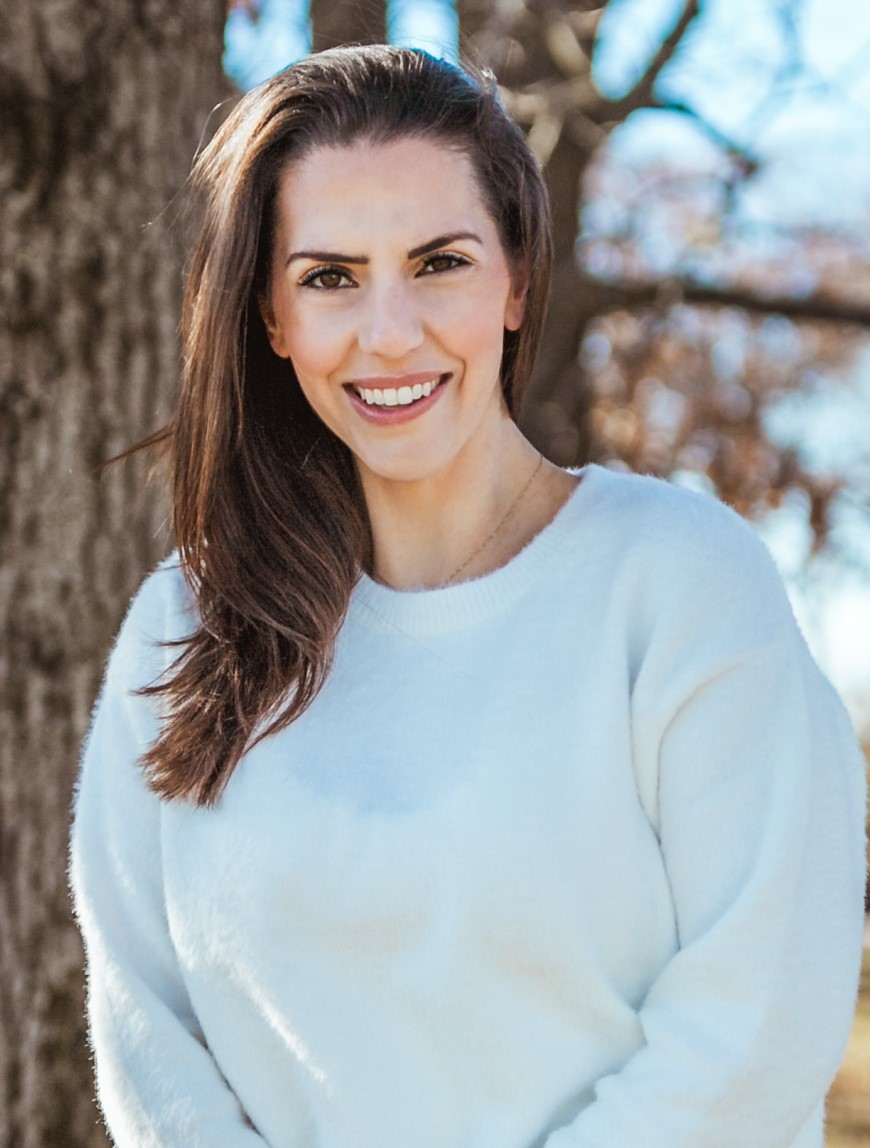
Hi, I think the workshop was a useful and interesting one, and I appreciated the opportunity to participate on behalf of the Armenian Mirror-Spectator newspaper. I would like to make a point of clarification. In my talk I pointed out that even fairly prominent American newspapers were facing dire choices and often either entirely closing or keeping only internet versions, while many Armenian periodicals have closed over the years or turned into electronic versions (including at various times those of the Eastern Diocese and Prelacy). In that context, I said that we might see a point where the demand for print media would decline so greatly that it no longer would be worthwhile or economical to continue the print version of newspapers like the Mirror-Spectator. I believe that applies to the Weekly and Hairenik as well. Our respective organizations may decide that though there is a pleasure and value to the print edition, our resources may be better invested in other forms of media which our community members will desire. We have not reached that point and in many ways we are dependent on broader US developments. In the meanwhile, as long as there is a demand for it, the Mirror will continue its weekly print edition (which in fact was expanded a few years ago from 16 to 20 pages).
Why were independent Armenian media reps not guest speakers?